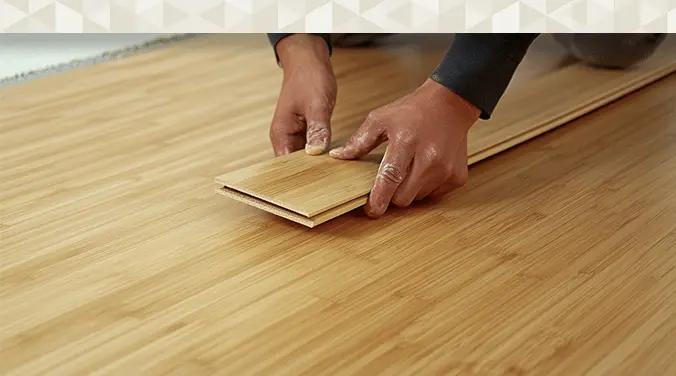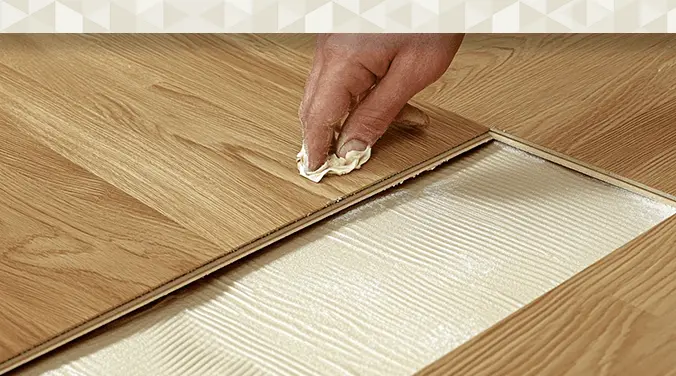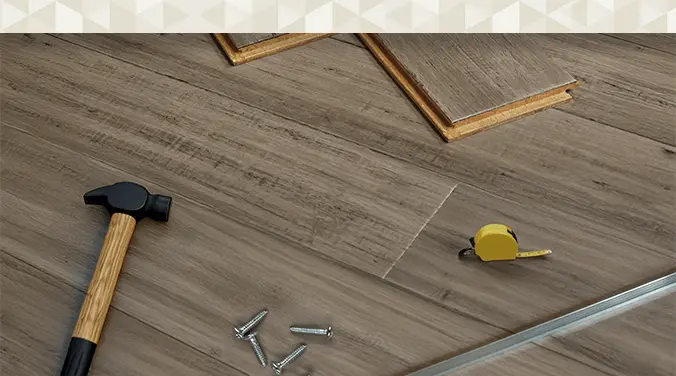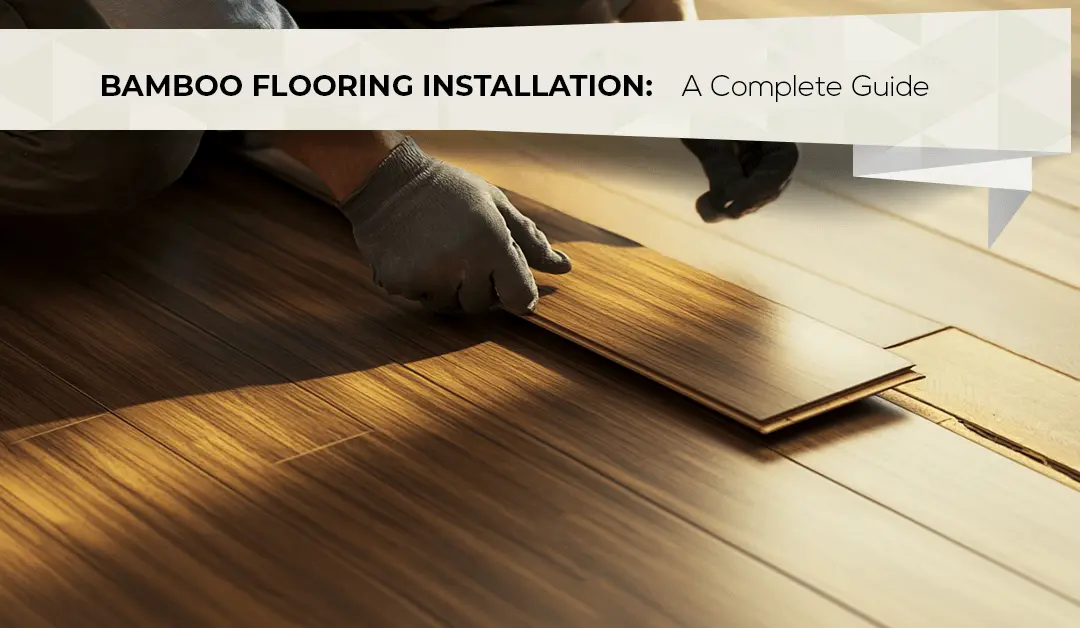So, you’re thinking about getting bamboo flooring? Great choice! Bamboo is a beautiful and practical option, whether you’re eyeing a cozy vibe for your bedroom or a sleek, modern kitchen bamboo floor. But before you jump in, let’s walk through everything you need to know about bamboo flooring installation, from preparation work to care tips, and everything in between.
Why Bamboo Flooring is Worth Considering
Let’s start with the obvious question: why bamboo?
- The bamboo wooden flooring benefits are hard to ignore:
- It’s eco-friendly (yes, bamboo grows back super fast—just 3–5 years!).
- It’s strong and durable—some types are even harder than oak.
- Looks? Stunning! Bamboo brings a natural, contemporary feel to any space.
- Easy maintenance—who doesn’t want that?
- It works with pretty much any decor style.
Honestly, it’s no wonder so many people are switching to bamboo.
Getting Ready for Bamboo Flooring Installation
Alright, let’s talk about the preparation phase. Proper preparation can make or break your bamboo flooring installation.
Here’s what you need to do:
- Acclimate the Bamboo: Let those bamboo planks acclimate in the room for at least 72 hours. This helps them adjust to your home’s climate.
- Check the Subfloor: Is it clean? Dry? Level? Perfect.
- Pick the Right Room: Bamboo is great for living rooms, bedrooms, and yes—even kitchens (we’ll get to how a kitchen bamboo floor works in a bit). But maybe skip the bathroom.
Tools You’ll Need
Now, let’s gear up. Here’s a checklist of what you’ll need:
- Measuring tape & chalk line
- Moisture meter
- Underlayment (if floating the floor)
- Flooring adhesive (if gluing)
- Nail gun or stapler (for nail-down installs)
- Rubber mallet
- Pry bar
- Saws (circular or miter)
- Safety gear (because we like your fingers!)
Having these tools handy will make the job way easier.
Where Can You Install Bamboo Flooring?
One of the best things about bamboo flooring? It’s pretty versatile. But there are a few things to keep in mind:
- Concrete Floor: This is doable. Just make sure it’s dry and level. If you’re going with a glue-down method, use a moisture barrier.
- Wood Subfloors: These work great for nail-down or floating floors.
- Patio Slabs: Only if they’re enclosed and protected. Bamboo doesn’t love direct moisture.
- Slabs with Radiant Heating: Some bamboo floors are compatible, but always double-check the specs.
- Basements: Use a floating method with a vapor barrier, and you’re golden.
Different Ways to Install Bamboo Flooring
You’ve got options! Here are the three main methods of bamboo flooring installation:
1. Floating Floors

- Planks click together and float over the subfloor easily.
- Great for DIY-ers.
Bonus: It’s super easy to fix a section if needed.
2. Glue-Down Installation

- You’ll use adhesive to secure the bamboo directly to the subfloor.
- Works great over concrete.
- Offers a solid, permanent feel.
3. Nail-Down Installation

- Perfect if you’ve got a wooden subfloor.
- Planks are nailed or stapled down.
- Super secure and long-lasting.
Step-by-Step Bamboo Floor Installation
Let’s break it down. Here’s your basic roadmap to success:
- Prep Your Subfloor: Clean it up and make sure it’s dry.
- Acclimate the Bamboo: You’ve got this by now—72 hours.
- Plan Your Layout: Use a chalk line to keep your rows straight.
- Install Underlayment (if floating): Lay it down evenly.
- Start Installing: Begin in a corner and work your way out. Remember to leave a little expansion gap.
- Make Your Cuts: Trim planks as needed for corners or tight spots.
- Secure the Boards: Click them in, glue them down, or nail them—depending on your method.
- Finishing Touches: Add trim and molding for a polished look.
And voilà! You’re on your way to enjoying those bamboo flooring benefits in real time.
Also Read: 5 Ways in Which Bamboo Flooring is the Best Long-Term Investment
Keeping Your Bamboo Floor Beautiful
Alright, so you’ve got your bamboo floor down. Now what?
Here’s how to keep it looking fresh:
- Sweep or Vacuum Regularly: Dirt and dust are not your friends.
- Use a Damp Mop: Skip the wet mop. Damp is plenty.
- Furniture Pads: Use ’em! Protect your floor from scratches.
- Mind the Shoes & Paws: High heels and untrimmed pet claws can cause dents.
- Refinish if Needed: Some bamboo floors can be sanded and refinished. Always check with the brand.
And yes, this goes for your kitchen bamboo floor too. Just keep spills cleaned up quickly, and you’re good.
Frequently Asked Questions (FAQs)
1. What’s the most popular method of installation?
That would be the floating method. It’s user-friendly and great for DIY enthusiasts.
2. Which type of bamboo is best?
Strand-woven bamboo wins hands down. It’s tough, durable, and perfect for busy households.
3. Is bamboo flooring expensive?
Not really! It’s a cost-effective alternative to hardwood with many of the same perks.
4. Is bamboo flooring nailed or glued down?
It can be both—some go the glue-down route, others nail it in. You can even float it. Choose what fits your subfloor and skill level.
5. Is bamboo flooring suitable for the kitchen?
Yes! A kitchen bamboo floor can look amazing and hold up well—just make sure to clean spills quickly and use a water-resistant finish.
Final Thoughts
If you’re looking for a flooring option that’s sustainable, stylish, and surprisingly easy to install, bamboo is a solid pick. Whether you’re revamping the entire home or just upgrading with a new kitchen bamboo floor, following this guide will help you avoid the common pitfalls.
With all the bamboo flooring benefits—from durability to eco-friendliness—it’s no wonder this option is winning hearts (and floors) everywhere.
For a free consultation, reach out at 91+9999500117 Or drop us an email at Info@lamiwood.in

